Embracing nature has become the ultimate luxury.
Amid the urban sprawl, getting access to nature is more desirable and exclusive. Climate change creates greater urgency to covet green spaces. Even brief moments in nature can ease the toll of modern life. Therefore, surrounding yourself in nature is far more than a nice thing to do; it’s a vital act of self-care.
In the Be in Your Element series, we explore each of nature’s elements. We delve into the science and thinking behind how embracing the elements can boost well-being. We discover joy in the fleeting moments in nature offering endless enjoyment and learn from owners how Breeze House elevates the outdoor experience.
What are the elements?
Throughout history, people have tried to understand our universe. Early societies believed there were four elements: earth, air, water, and fire. These elements were seen as nature in its purest form, shaping humans and the forces governing us. Balancing these elements was believed to promote overall well-being.
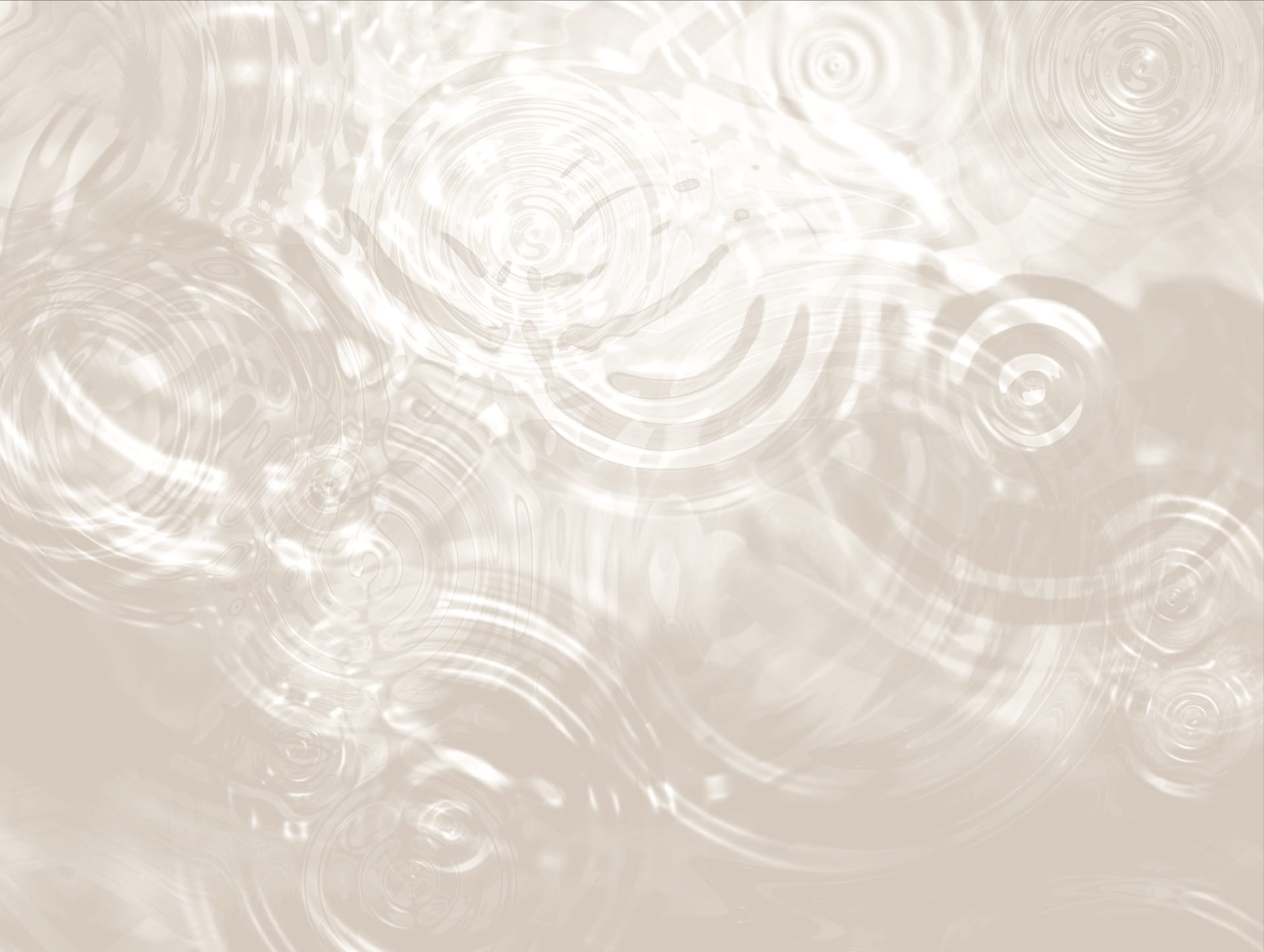
What are the elements?
Throughout history, people have tried to understand our universe. Early societies believed there were four elements: earth, air, water, and fire. These elements were seen as nature in its purest form, shaping humans and the forces governing us. Balancing these elements was believed to promote overall wellbeing.
The benefit of being in the elements
In the 19th century, transcendentalists, Ralph Waldo Emerson and Henry David Thoreau, wrote prolifically about their experiences in nature and the transformative power they believed it held.
Later research studies have consistently supported the profound impact that connecting with nature can have on our health and happiness.
In our ‘always on’ society, we often disregard our connection to the natural world. But when we make the effort to study each element, appreciating their simplicity and power, we can begin to return to our most resilient selves.
The foundational element
Water is often hailed as the “elixir of life,” making it the starting point for our exploration of the elements.
Our world is predominantly water. We evolved from the sea. For the first nine months of life, we are cushioned by water in the womb. Our bodies are mostly water giving us the ability to float.
Communities have been built on and around bodies of water. Our landscape is carved into valleys and canyons by the very force of it.
Moreover, we get immense pleasure from swimming in it, strolling by it, sailing on it and fishing in it. Water is a perpetual source of inspiration and the muse for artists worldwide.
This element has the remarkable ability to both soothe and invigorate. This unique duality resonates with the ebb and flow of life itself.
Turning red minds blue
Ever heard of the “red mind”? It’s a phrase used to describe our brain’s response to stress and stimulation. And guess what? Not only is proper hydration great for avoiding headaches, but it also plays a role in keeping the “red mind” at bay. Water has the power to remedy this state of overdrive purely by looking and listening to it.
Marine biologist Dr Wallace J. Nichols came up with the theory of the Blue Mind to explain the emotional, cognitive, and psychological benefits people experience in the presence of water. Nichols has devoted his life’s work to the deep connection humans share with this element, saying:
“When you see water, when you hear water, it triggers a response in your brain that you’re in the right place.”
For centuries, people have praised the therapeutic effects of sea air. Scientists have long been aware that the atmosphere at the beach, by the ocean, or around moving water holds higher concentrations of negatively charged ions. These ions prompt the brain to release mood-enhancing serotonin and reduce blood lactate levels, thereby lowering stress.
Using imaging scans, neurologists have gone further to show being around water increases the levels of certain “feel-good” hormones such as dopamine and oxytocin in the brain. At the same time, levels of the stress hormone cortisol drop, so relaxation happens.
This explains why water makes us feel so good. Water clears the mind. It helps us to achieve a zen-like state – neither overly negative nor overly positive.
Whether it’s the gentle lapping of waves, the mesmerising flow of a river, or the reflective stillness of a pond, water gives us an immense sense of inner calm.

The allure of water
Water is essential for life. We’re instinctively drawn to it.
One intriguing practice to come from humans’ fascination with water is the practice of water divining, also known as water dowsing or water witching. The quest for water, crucial for survival, spurred ancient cultures to use this method to find water hidden underground.
Dowsers claim an intuitive ability to sense water through bodily sensations. This suggests an intrinsic connection between humans and water. A relationship extending beyond the practical need for survival to embrace cultural, spiritual, and mystical dimensions. Although divining is considered pseudoscientific, it points at the enduring allure of water.
Meanwhile natural springs and aquifers bubbling to the surface create oases. These watery havens not only attract flora and fauna but also human settlers who make them hubs for agriculture in arid regions.
Over time the meaning of “oasis” has evolved to describe any place or situation that provides relief or respite in challenging times. It goes to show the special place the presence of water holds in our hearts. Even a Breeze House in the collection bears ‘Oasis‘ as its name.
Washing away worries
At the edge of water something incredible happens. Anxieties melt away, we reconnect with ourselves, our environment and each other.
“Maggie and Milly and Molly and May went down to the beach (to play one day) and Maggie discovered a shell that sang so sweetly she couldn’t remember her troubles…”
Poet E. E. Cummings
Sometimes in our daily lives we’re consumed by fear. Fear creates anxiety. That fear can become irrational. We become afraid of the world we live in for reasons that make no rational sense. When we’re in that state we do things that harm ourselves, harm our planet and harm each other.
Being consumed by this anxiety is what neuroscientist call, ‘toxic stress’ and it kills off neurons. It stops us doing the things we really want to do like being creative, productive and loving.
In water, we rediscover ourselves. Whether we’re gazing at reflections on the water’s surface or immersing ourselves in its cool depths, the experience simplifies our world somatically, visually, and auditorily. Patterns become more predictable and controlled, allowing the brain a well-deserved break.
Nichols explains the science behind how water can help induce a mildly meditative state:
“Because bodies of water change and stay the same simultaneously, we experience both soothing familiarity and stimulating novelty which is regularity without monotony. This is the perfect recipe for triggering a state of involuntary attention in which the brain’s default network essential to creativity and problem-solving gets triggered.”
Water resets the parasympathetic nervous system, starting the body’s ‘rest and digest’ response. Heart rate and blood pressure decrease, digestion is stimulated, and an overall sense of relaxation takes over. A Breeze House nestled by water becomes an open invitation to indulge in parasympathetic harmony.
The magic of watery landscapes
Research now suggests that ‘blue spaces’, like lakes and rivers, hold even more health benefits than green ones. Waterscapes are nature’s restorer lifting our mood and putting pay to negative emotions.
The concept of ‘blue health’ emerged over ten years ago when researchers from the University of Sussex found in a study that people reported being happiest in blue spaces. Since then, researchers at the Glasgow Caledonian University proved time spent near water, lowers anxiety, obesity, cardiovascular disease, and premature death.
It’s no coincidence that the widening gap between people and nature is accompanied by a rising tide of mental health disorders. Healthcare professionals have taken to ‘blue prescribing’ to encourage patients with anxiety or depression to spend time in aquatic environments as therapy.
In 2021 the WWT London Wetland Centre partnered with the Mental Health Foundation to devise and deliver a nature-based self-management programme. Sixty people in 12 groups took part in the six-week courses with time spent in wetland nature. The pilot was a resounding success with one participant saying:
“Everything I’m stressed about starts melting away, I’m suddenly able to smell the air and it feels thicker with oxygen, I breathe it in deeply every time I cross the bridge – makes me feel alive.”
Breeze House by water
Many Breeze House owners have chosen to position their garden gazebos close to water, creating a captivating and multi-sensory retreat.
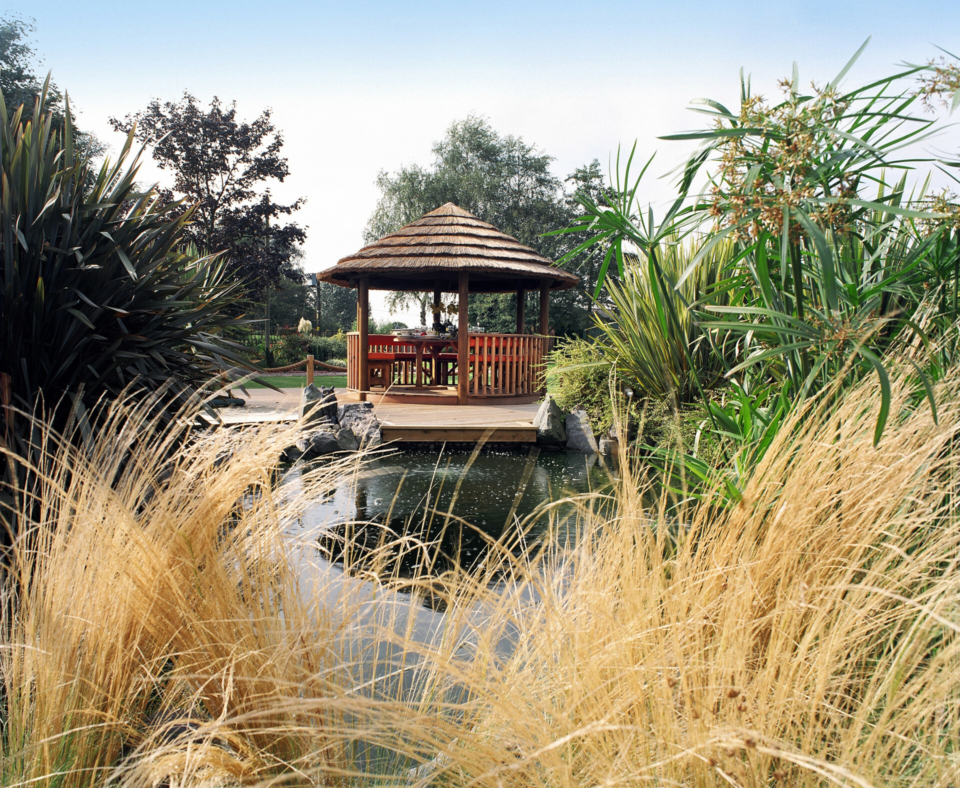
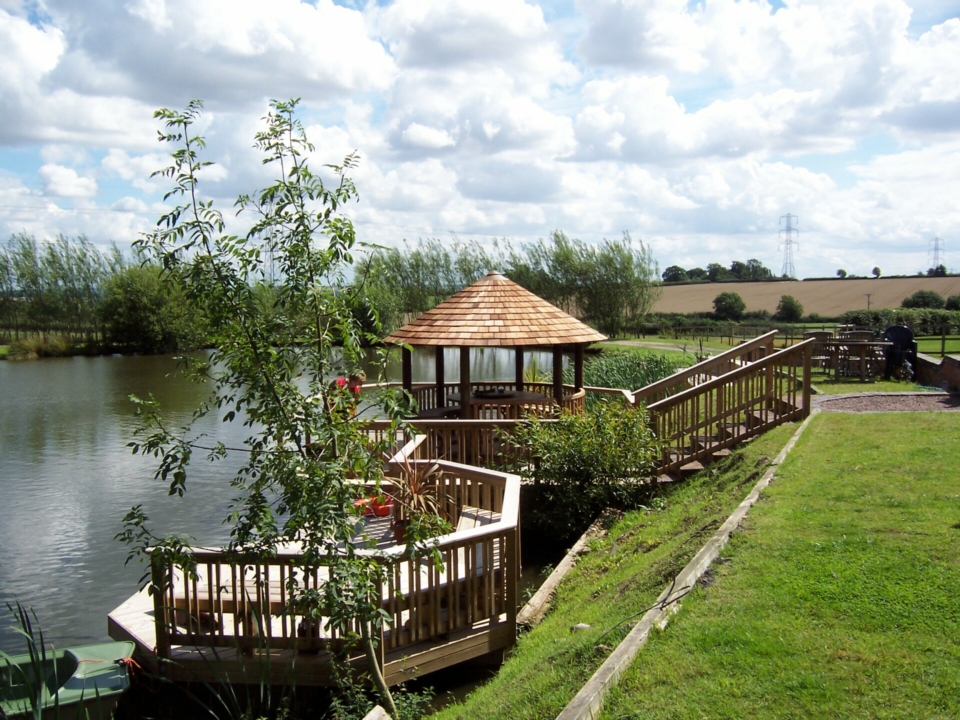
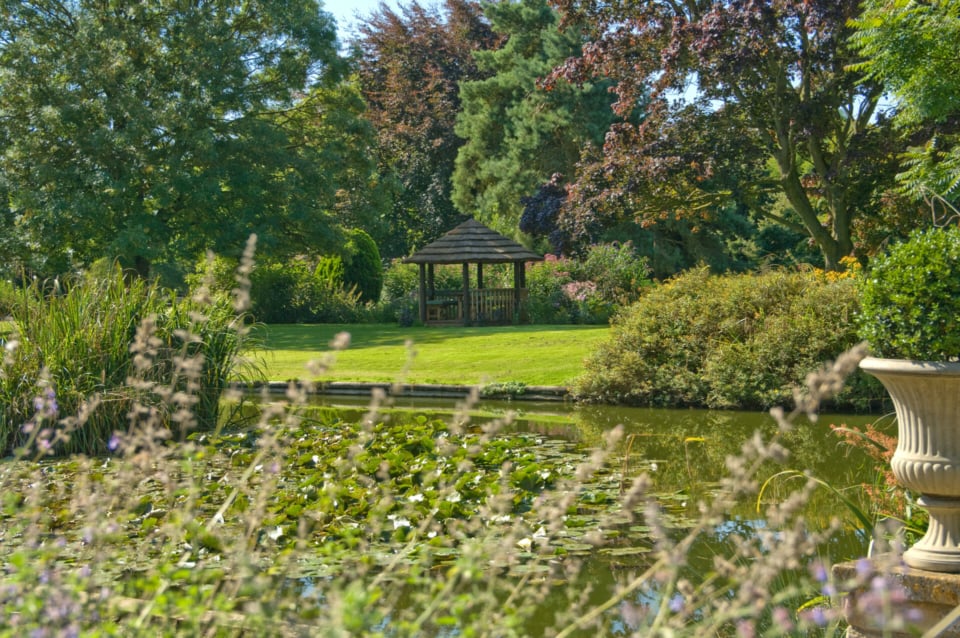
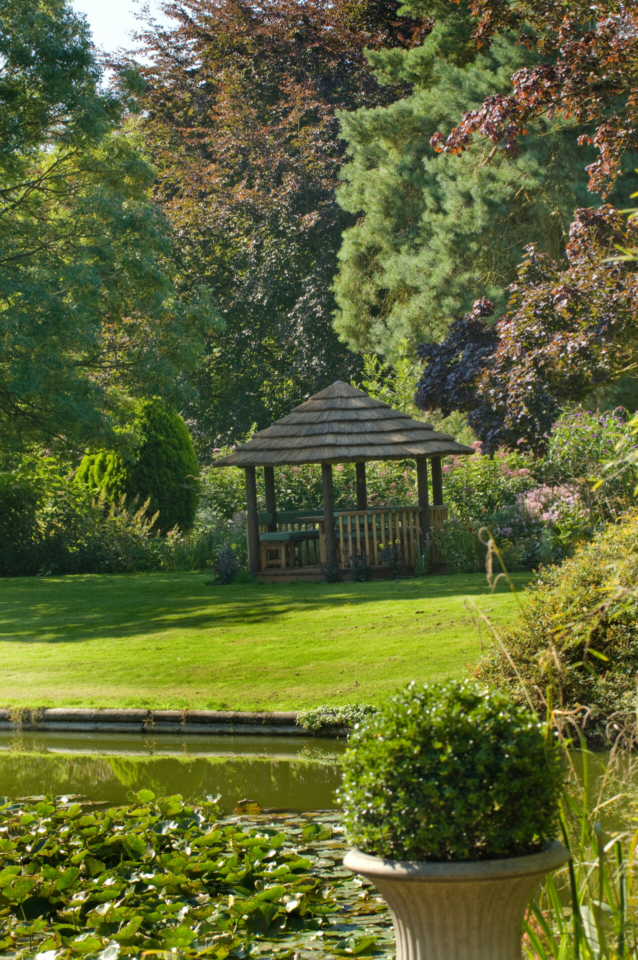
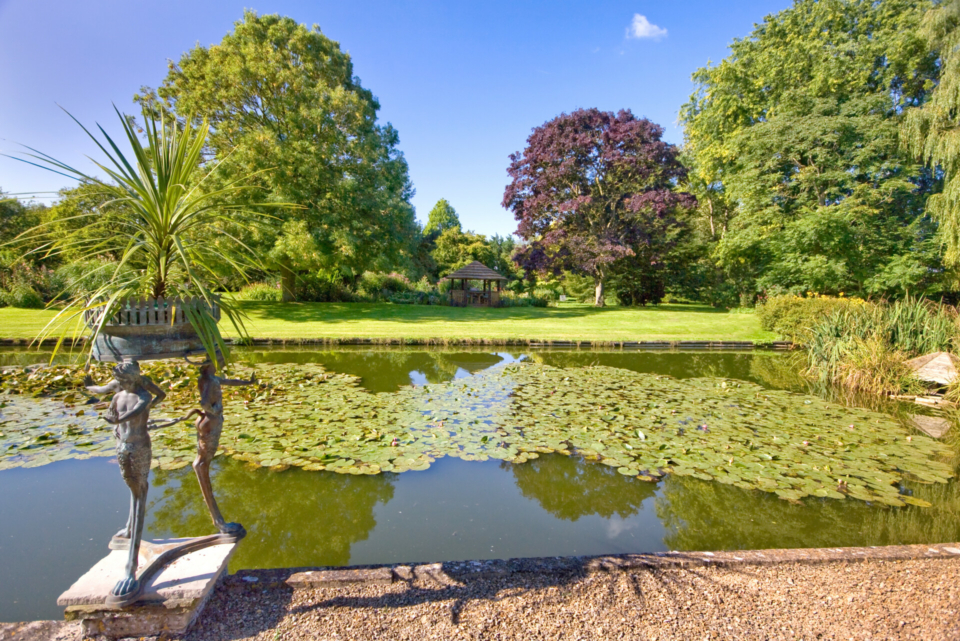
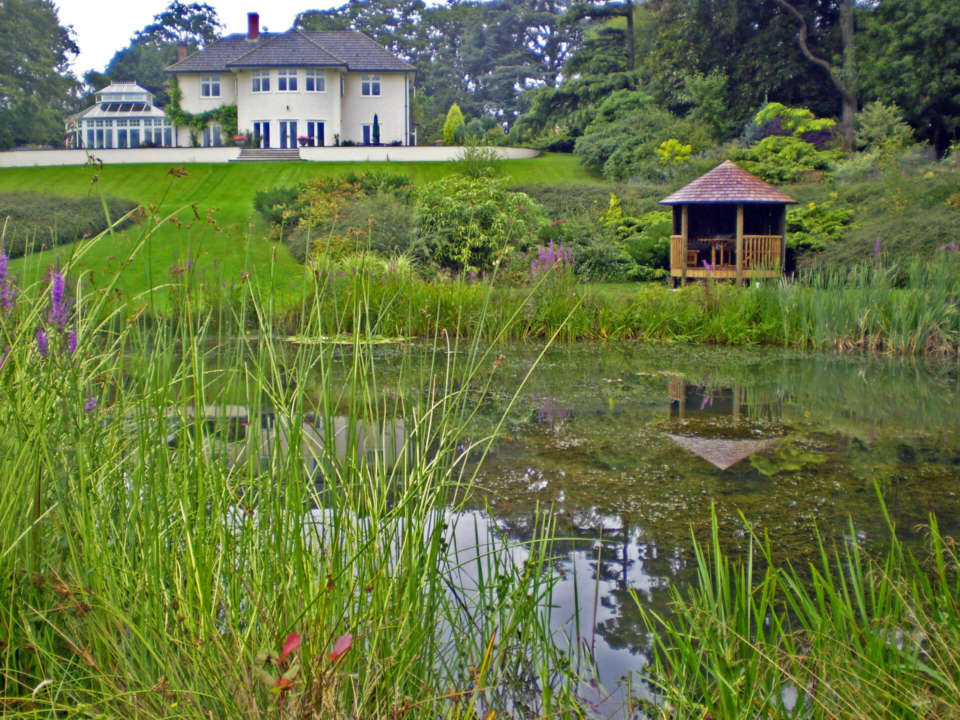
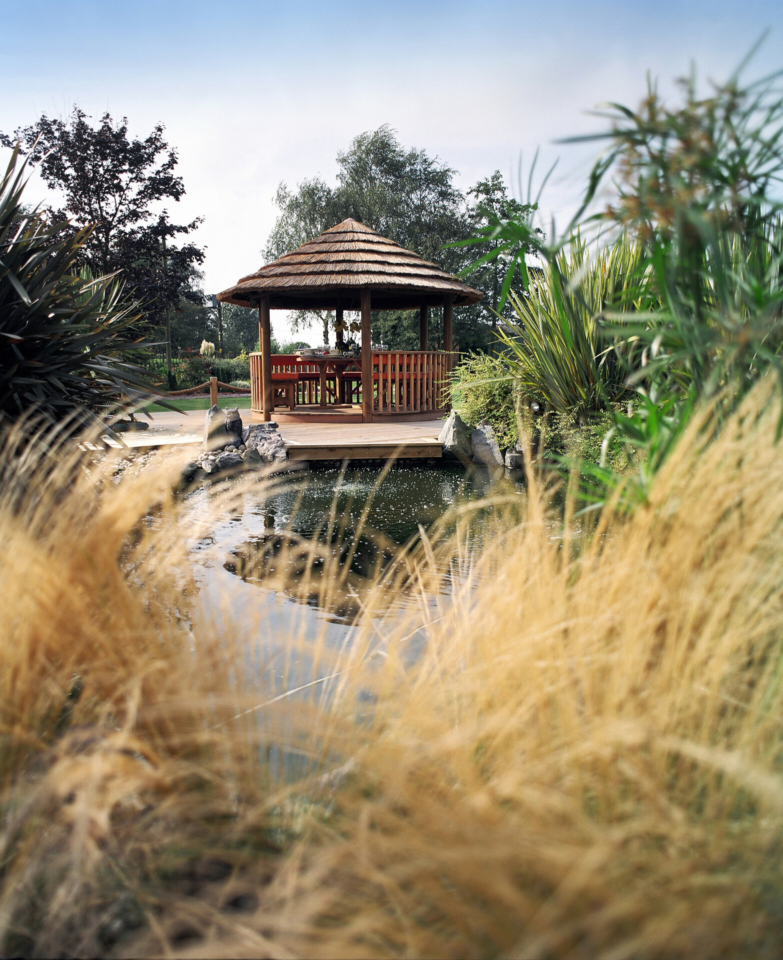
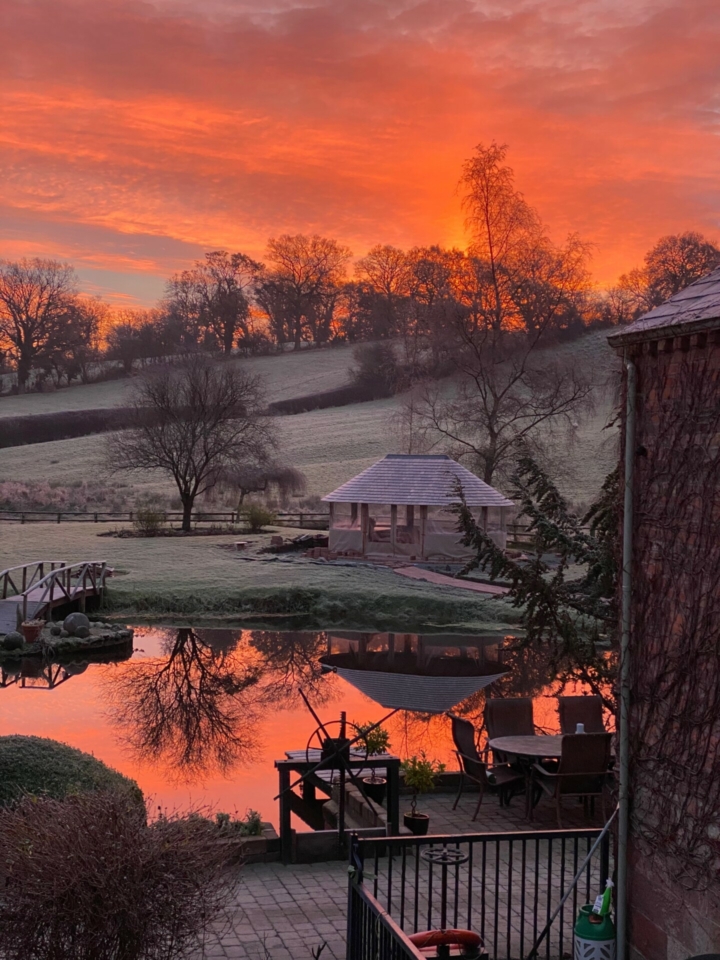
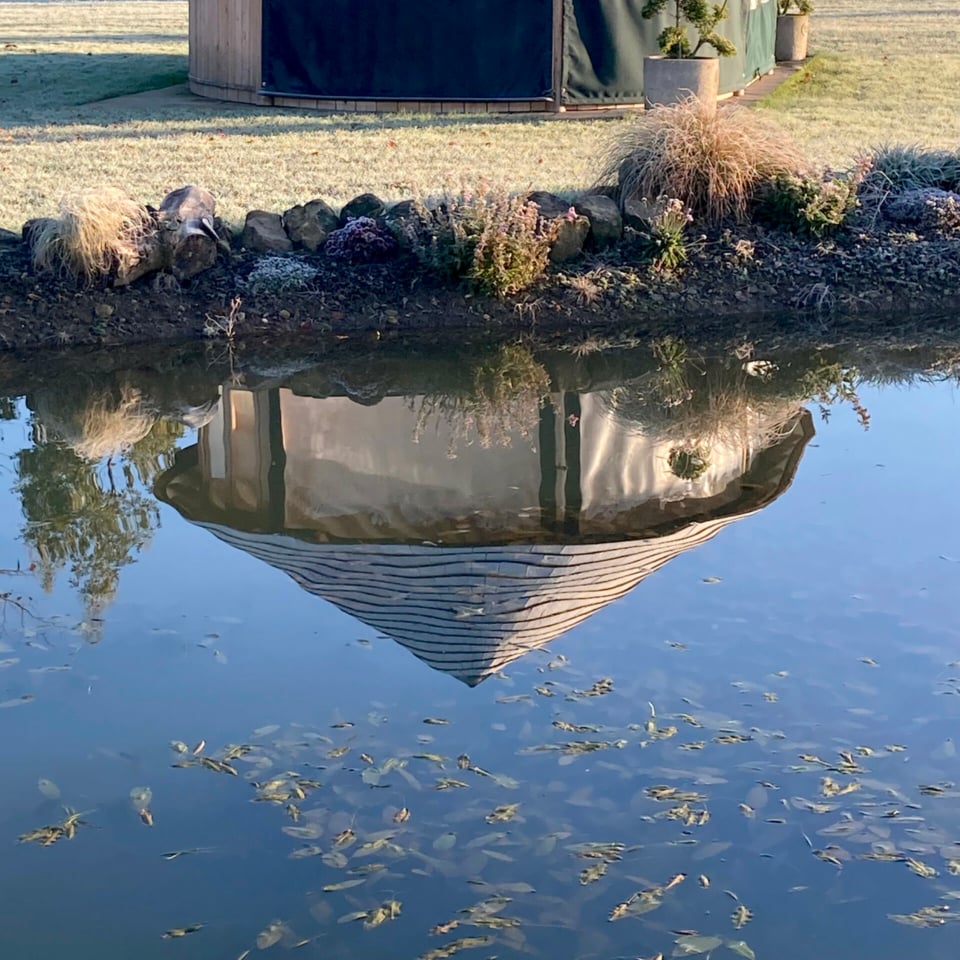
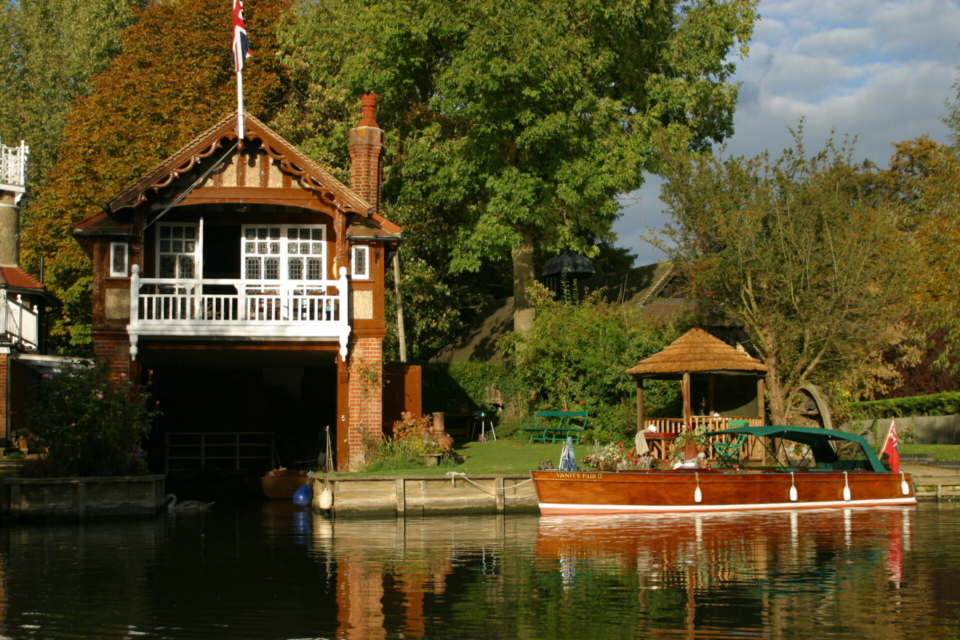
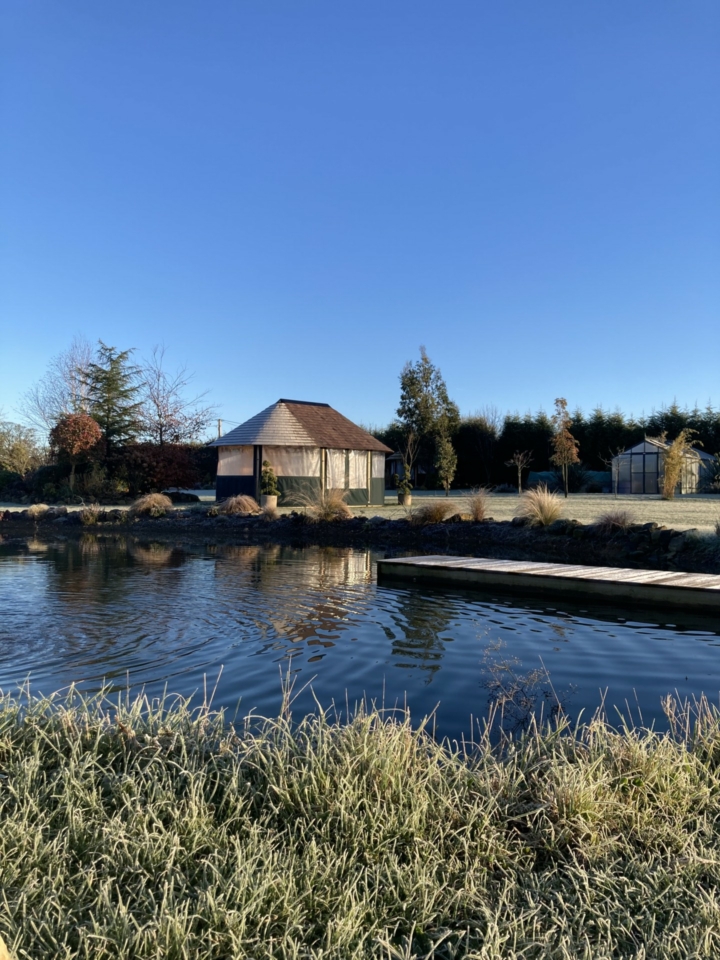
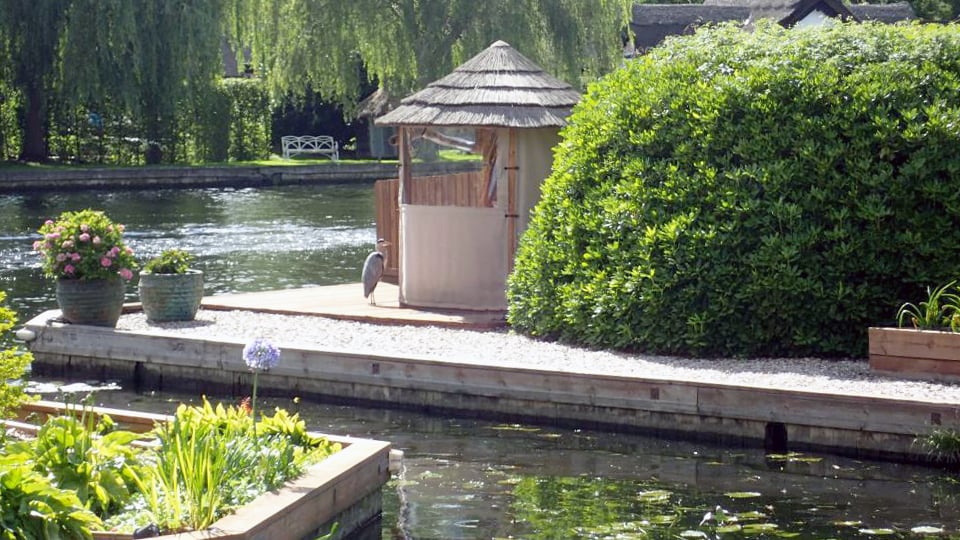
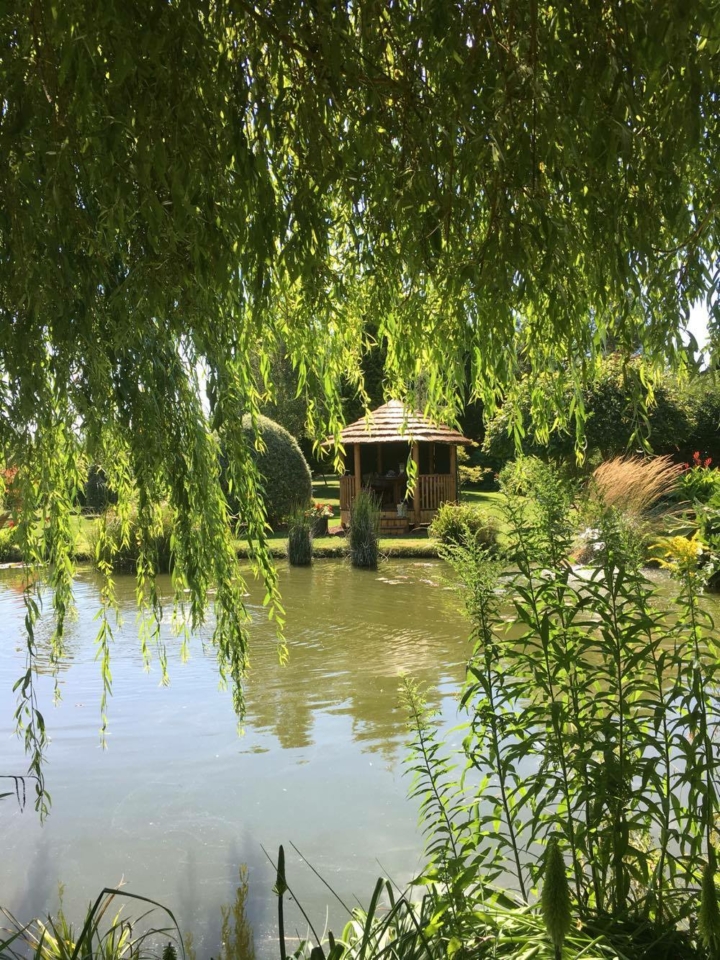
Imagine your gaze wandering over the water’s surface, capturing mesmerising reflections, seeing the world passing by, and revelling in the enchanting play of light.
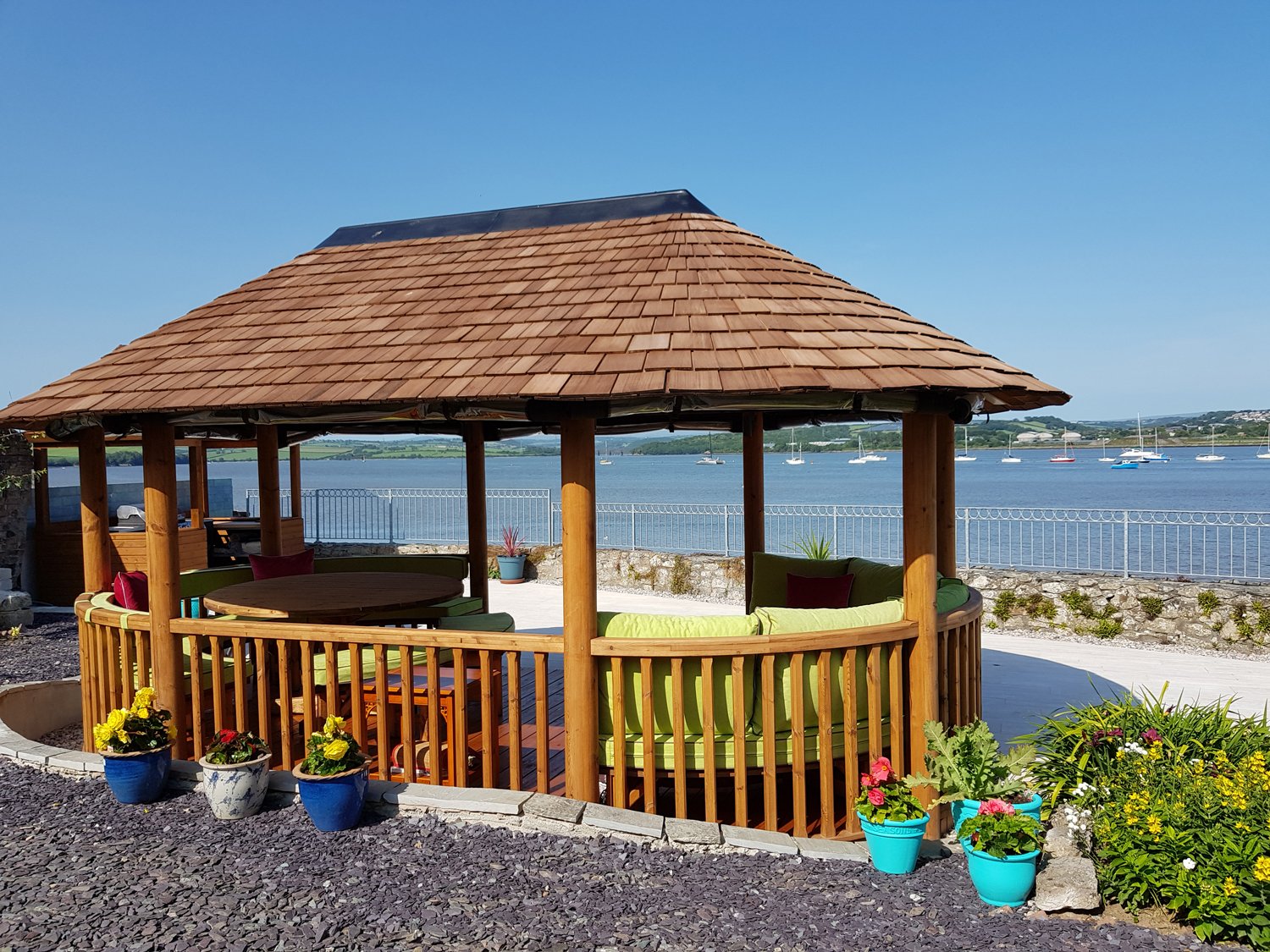
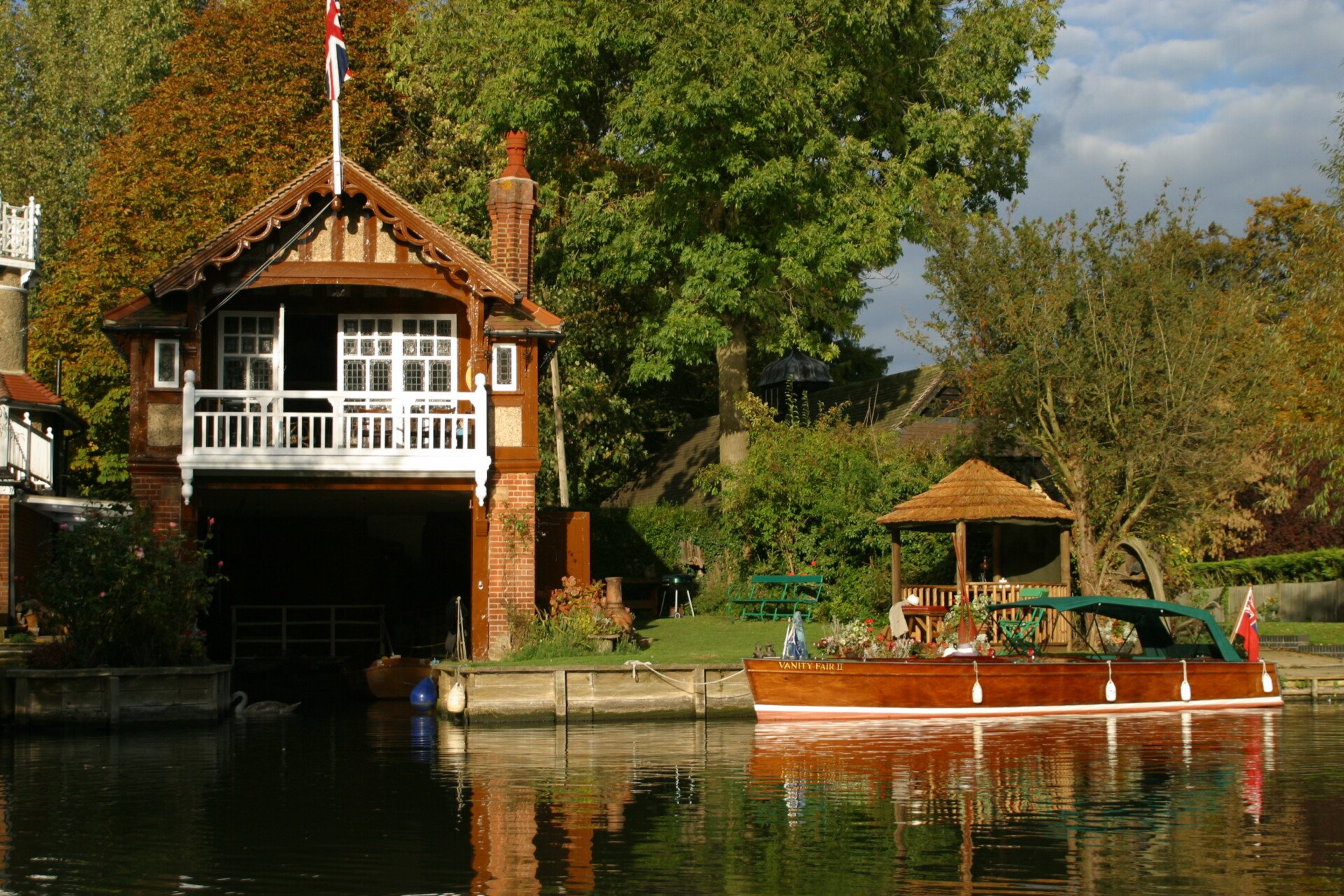
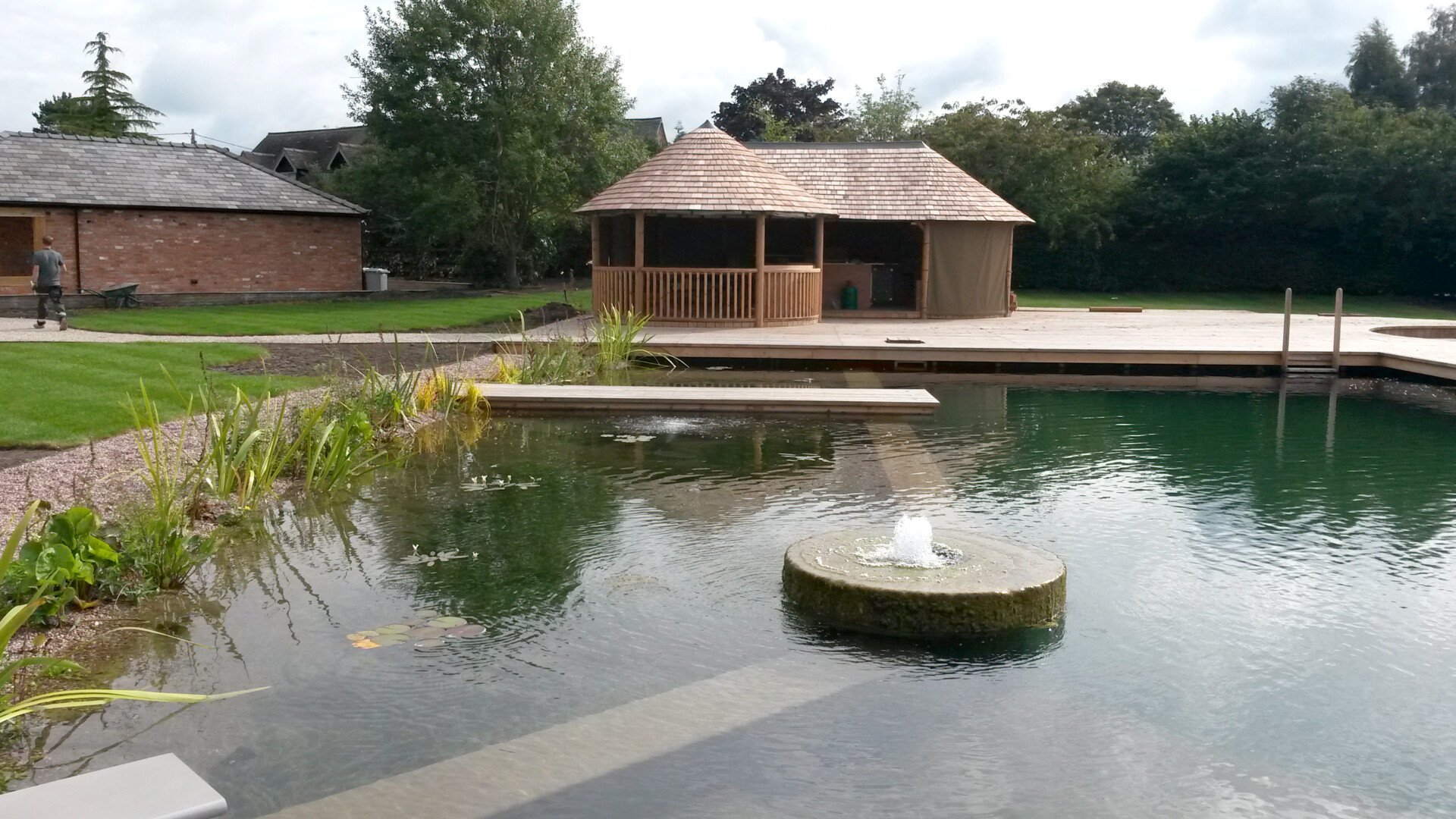
For 30 years, Breeze Houses have reintroduced people to nature. As the creators of the UK’s original luxury garden gazebo, we’ve made it our mission to defy the whims of British weather and release the revitalising power of being closer to nature.
If you’re ready to rediscover the joys of the great outdoors, explore our collection of Breeze House designs. Sign up to receive every edition of the Be in Your Element series. Don’t brave the elements, embrace them in luxury with Breeze House.